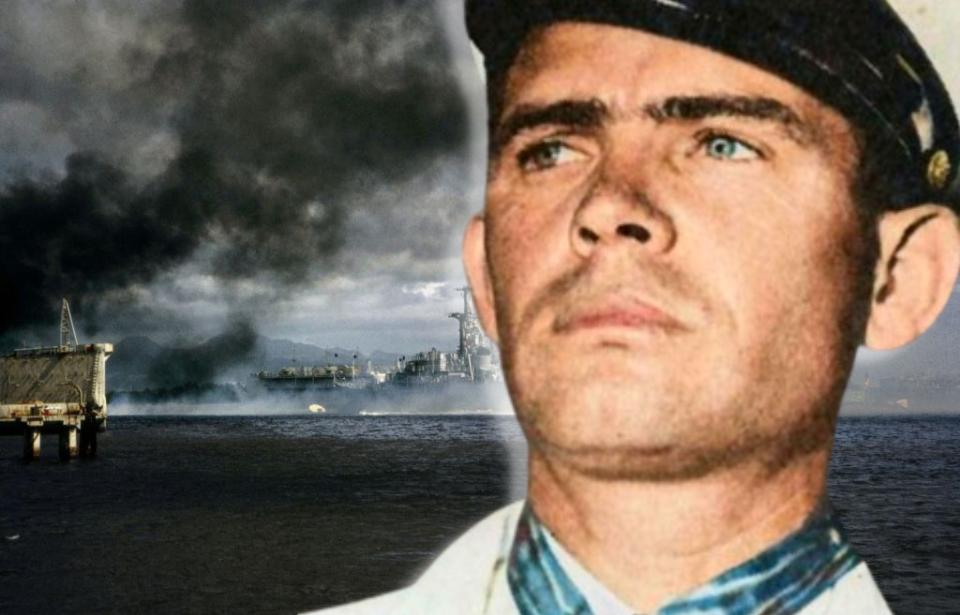For the United States, the first day of the Second World War came on December 7, 1941 with the Japanese attack on Pearl Harbor. During the assault, sixteen acts of valor worthy of the Medal of Honor took place. Fifteen of them occurred onboard ships docked at the military base, as sailors, Marines and soldiers attempted to beat back the Imperial Japanese forces. CPO. John Finn became the first to be recognized for his actions that day.
John Finn’s enlistment in the US Navy
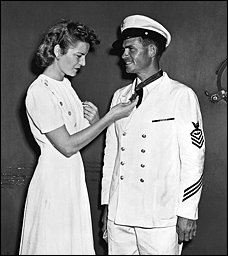
John William Finn was born on July 24, 1909 in Los Angeles County, California. He dropped out of school following the seventh grade, and enlisted in the US Navy shortly before his 17th birthday. After completing recruit training and serving briefly with a ceremonial guard company, he attended General Aviation Utilities Training, after which he was stationed at Naval Air Station North Island, San Diego.
After working as an aircraft repairman, Finn became an aviation ordnanceman, tasked with manning anti-aircraft guns on a host of vessels: the USS Lexington (CV-2), Houston (CA-30), Jason (AC-12), Saratoga (CV-3) and Cincinnati (CL-5). Before long, he was promoted to the chief petty officer, the highest rank offered by the Navy at the time, leading many in the service to nickname him “Boy Wonder.”
Japanese attack on Pearl Harbor
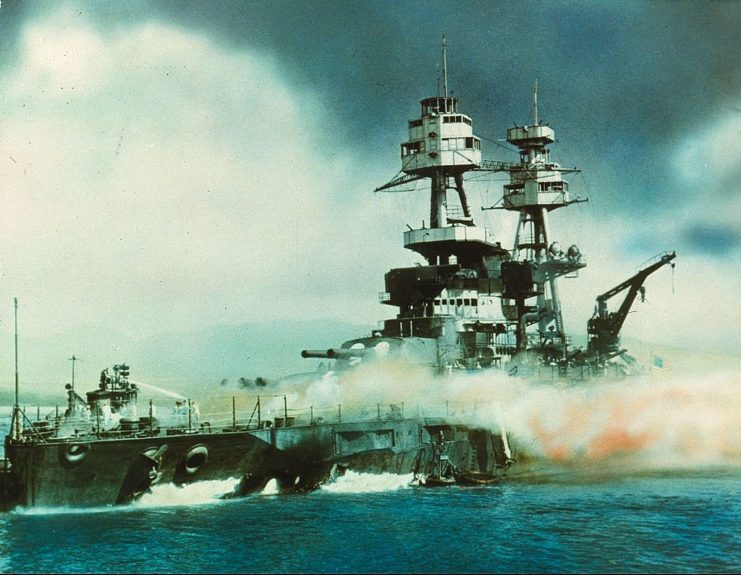
For John Finn, December 7, 1941 started much like any other day at Naval Air Station Kaneohe Bay, Hawaii. In an interview, he remembered hearing gunfire, but, being housed at a military base, this was nothing unusual, so he wasn’t overly concerned. Then, at a little before 8:00 AM, his neighbor hammered on his door. ‘They want you down at the squadron right away!’ she said.
Finn drove the mile to the hangars, watching as Japanese aircraft strafed the airfield and dropped their bombs, destroying the Consolidated PBY Catalinas on the tarmac. VP-11 squadron was going up in flames, without an aircraft being able to takeoff.
Unprepared and caught off guard, the men of VP-11 did their best to fight back using the machine guns mounted in the aircraft. Some took the weapons out and set up improvised stands to take the fight back to the Japanese.
John Finn jumps into action
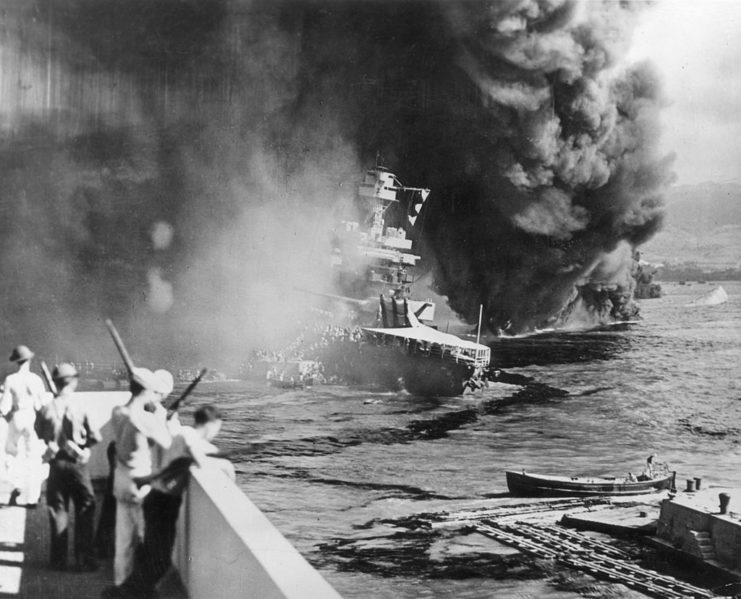
One of the first men John Finn met was the squadron’s painter. He took the machine gun from the man, knowing he had more experience firing it. He then found a movable tripod that was used as a gunnery training device and fixed the .50-caliber weapon to it.
In an 2009 interview with CNN, he said, “I got that gun and I started shooting at [Japanese] planes. I was out there shooting the [Japanese] planes and just every so often I was a target of some. In some cases, I could see their [the Japanese pilots’] faces.”
To get a better chance of hitting his targets, Finn moved out into an open area of the runway, drawing fire from the enemy aircraft above. He was strafed multiple times and received 21 wounds. A bullet went clean through his right foot, while another struck him in the left shoulder, which left him without feeling in his arm.
Even still, Finn stood his ground for a full two hours, until the attack was over. He received medical treatment, and later that day returned to the hangars to oversee the arming of the surviving aircraft.
Awarded the Medal of Honor
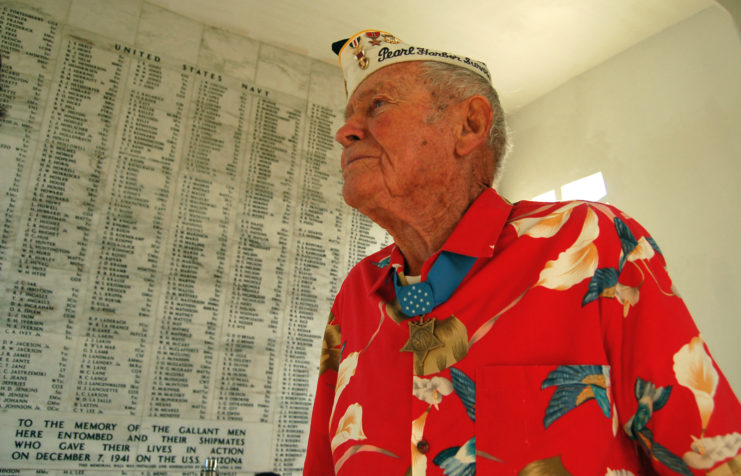
John Finn’s actions on December 7, 1941 resulted in him being awarded the first Medal of Honor of the Second World War. The decoration was presented to him aboard the USS Enterprise (CV-6) on September 14, 1942 by Adm. Chester Nimitz.
Finn was commissioned in 1942 and eventually rose to the rank of lieutenant while serving aboard the USS Hancock (CV-19) with Bombing Squadron VB-102. He retired from the Navy in September 1956, after 30 years of service.
More from us: On-the-Ground Interviews Reveal Americans’ Reactions to Pearl Harbor
John Finn spent his retirement attending veterans’ events, and, in 2010, became the oldest surviving Medal of Honor recipient from World War II, at 100 years old. At that moment, he was the first and last surviving Pearl Harbor veteran, cementing his status as a “hard man to kill.” Sadly, he passed away on May 27, 2010 at the Chula Vista Veterans Home.
